Building this omnichannel-ready sales force began during the recruitment and hiring phase, but it also included deep-dive training sessions led by omnichannel program leaders. The team used these training sessions to expose the sales force to the data and analytics that drove promotional recommendations. By getting them comfortable with the data-driven approach to promotion and helping them understand what went into the recommendations they received, the company’s omnichannel leaders increased sales force engagement with the omnichannel program. In the end, the sales team responded to two-thirds of omnichannel suggestions and deemed more than 90% of these suggestions accurate and helpful.
“The alerts pointed me in the right direction at the right time!”
“I am very impressed with the depth of information.”
“Great intel!”
“Absolutely accurate.”

